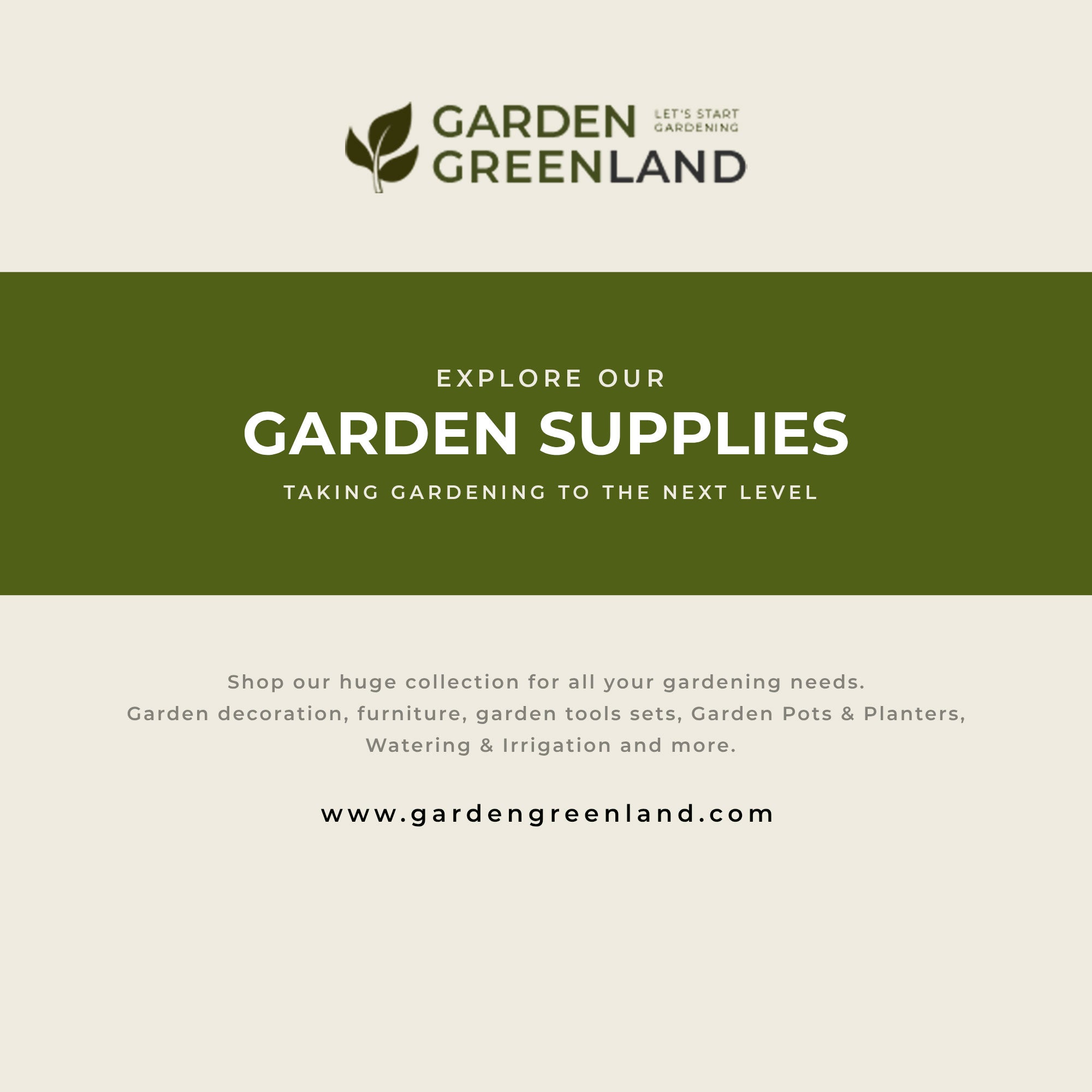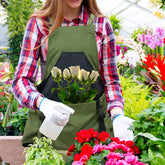Can You Grow Tomatoes in a Grow Bag? Discover the Best Practices for a Bountiful Harvest
Table of Contents
- Introduction
- Understanding Grow Bags
- Choosing the Right Grow Bag for Tomatoes
- Best Tomato Varieties for Grow Bags
- Planting Tomatoes in Grow Bags
- Maintenance and Care
- Troubleshooting Common Issues
- Conclusion
- FAQ
Introduction
When it comes to home gardening, tomatoes reign supreme as one of the most beloved and sought-after crops. With their vibrant flavor, versatility, and nutritional benefits, it’s no wonder that many gardeners yearn for a bountiful tomato harvest. However, traditional gardening methods often come with challenges, especially for those with limited space or unfavorable soil conditions. This is where the innovative concept of growing tomatoes in grow bags comes into play, providing a practical solution for gardeners of all levels.
Did you know that tomatoes can thrive remarkably well in grow bags? Studies have shown that container gardening, particularly with grow bags, can enhance control over soil conditions, drainage, and sunlight exposure. At Garden Greenland, we are passionate about empowering individuals to connect with nature through gardening, which is why we’re excited to explore the merits of this method.
In this blog post, we will delve deep into the question of whether you can grow tomatoes in a grow bag and provide you with a comprehensive guide on how to do it effectively. We’ll cover everything from selecting the right type of grow bag to the best tomato varieties, planting techniques, and maintenance tips that will help you achieve your gardening goals.
By the end of this article, you’ll not only understand the ins and outs of growing tomatoes in grow bags but also how to make the most of your gardening experience with our premium products. So, let's embark on this green journey together!
Understanding Grow Bags
What Are Grow Bags?
Grow bags are portable planting containers made from various materials, typically fabric or plastic, designed to hold soil and support plant growth. They come in a range of sizes and shapes, making them versatile for different gardening needs. The breathable nature of fabric grow bags allows for adequate air circulation and drainage, promoting healthier root systems and preventing waterlogging.
Benefits of Using Grow Bags
- Space Efficiency: Grow bags are perfect for urban gardening or small spaces, allowing you to grow your favorite plants on patios, balconies, or even indoors.
- Improved Drainage: The porous nature of fabric grow bags helps excess moisture escape, reducing the risk of overwatering and root rot.
- Temperature Regulation: Fabric grow bags provide insulation, helping to maintain a stable soil temperature, which is essential for healthy tomato plants.
- Mobility: With handles on many models, grow bags can be easily moved to optimize sunlight exposure or protect them from harsh weather conditions.
- Eco-Friendly Options: Many grow bags are made from recycled materials, contributing to sustainable gardening practices.
Types of Grow Bags
There are primarily two types of grow bags available in the market:
- Fabric Grow Bags: These are made from breathable, non-woven materials that allow for excellent drainage and air circulation. They come in various sizes, typically ranging from 5 to 30 gallons, and are ideal for growing tomatoes.
- Plastic Grow Bags: While they are cheaper and more lightweight, plastic bags may not provide adequate drainage and can lead to root rot. We recommend opting for fabric grow bags for the best results.
At Garden Greenland, we offer a selection of high-quality fabric grow bags that are designed to enhance your gardening experience. Check out our Garden Equipment Collection for the perfect grow bags to get started!
Choosing the Right Grow Bag for Tomatoes
Size Matters
When selecting a grow bag for tomatoes, size is crucial. Tomatoes require ample space for their root systems to thrive. We recommend using grow bags that are at least 10 gallons in size for optimal growth. A 20-gallon grow bag is even better, as it provides additional space for the roots to spread, leading to a more vigorous plant.
Material Quality
Opt for high-quality fabric grow bags that are durable, weather-resistant, and BPA-free. At Garden Greenland, our grow bags are made from top-notch materials that ensure longevity and performance, giving you peace of mind as you nurture your plants.
Drainage Features
Ensure that the grow bag you choose has good drainage capabilities. Look for bags with multiple drainage holes that prevent water from pooling at the bottom, allowing for healthy root development.
Best Tomato Varieties for Grow Bags
Selecting the right tomato variety is essential for successful growth in grow bags. We recommend considering the following types:
-
Determinate Tomatoes: These varieties grow to a certain height and then stop, making them suitable for limited spaces. They tend to produce all their fruit at once, which can be ideal for container gardening.
- Examples: 'Patio Princess', 'Tumbling Tom', 'Bush Early Girl'
-
Indeterminate Tomatoes: While these varieties can produce fruit continuously throughout the growing season, they require more space and support. If you choose indeterminate tomatoes, ensure your grow bag is large enough and provide adequate staking or trellising.
- Examples: 'Cherokee Purple', 'Brandywine', 'Sweet 100'
Considerations for Growing Tomatoes in Grow Bags
- Sunlight Requirements: Tomatoes thrive in full sun, requiring at least 6-8 hours of direct sunlight per day. Position your grow bags in the sunniest spot available.
- Soil Type: Use a high-quality potting mix that retains moisture while allowing for proper drainage. Our Garden Tools Collection features excellent soil amendments that can enhance your grow bag experience.
Planting Tomatoes in Grow Bags
Preparing Your Grow Bag
- Fill the Bag: Place your grow bag in a sunny location. Fill it halfway with organic potting mix, pressing down lightly to eliminate air pockets.
- Planting Depth: When planting tomatoes, bury them deeper than you would in traditional soil. This encourages the development of additional roots along the buried stem, leading to a stronger plant.
- Spacing: If planting multiple tomato plants in a single grow bag, ensure they are adequately spaced to allow for air circulation. Typically, one plant per 10 gallons of soil is recommended.
Step-by-Step Planting Guide
- Moisten the Soil: Before planting, water the soil until it is evenly moist but not soggy.
- Prepare the Tomato Plant: If using seedlings, trim off any leaves that will be buried in the soil. This prevents rot and encourages healthy growth.
- Insert the Plant: Place the tomato plant into the grow bag, filling in around the roots with additional potting mix. Ensure the top of the root ball is level with the soil surface.
- Water Thoroughly: After planting, water the grow bag thoroughly to help settle the soil around the roots.
- Support the Plant: For indeterminate varieties, install a support structure, such as a trellis or cage, immediately after planting to avoid disturbing the roots later.
Maintenance and Care
Watering Tips
- Frequency: Grow bags tend to dry out faster than traditional garden beds, so check the soil moisture regularly. Water when the top inch of soil feels dry to the touch.
- Method: Water deeply, allowing excess to drain from the bottom. Consider using a drip irrigation system or self-watering tray to simplify the process.
Fertilizing
Tomatoes are heavy feeders and require regular fertilization. We recommend using an organic fertilizer every 2-3 weeks, especially as they begin to set fruit. Products rich in potassium, such as fish emulsion, can enhance fruit development.
Pruning and Maintenance
- Prune Suckers: Regularly remove suckers that grow in the leaf axils to promote better airflow and energy distribution to fruit development.
- Mulching: Apply a layer of organic mulch on top of the soil to retain moisture and suppress weeds.
- Disease Management: Monitor your plants for signs of disease, such as wilting or discoloration. Rotate your crops yearly and ensure good airflow to reduce disease pressure.
Supporting Your Grow Bags
If you're concerned about your grow bags tipping over, particularly with tall tomato plants, consider using grow bag frames or stakes to provide additional support.
Troubleshooting Common Issues
- Drying Out: If your plants are wilting, check the soil moisture level. Adjust your watering routine if necessary.
- Overwatering: Yellowing leaves can indicate overwatering. Ensure that the grow bag has proper drainage and adjust your watering frequency.
- Nutrient Deficiencies: Brown spots or poor fruit development may indicate a lack of essential nutrients. Regularly fertilize and consider a soil test to check for deficiencies.
Conclusion
Growing tomatoes in grow bags is not only feasible but can also lead to a fruitful and rewarding gardening experience. By choosing the right grow bag, selecting suitable tomato varieties, and adhering to best practices for planting and care, you can enjoy a bountiful harvest of delicious tomatoes, even in limited spaces.
At Garden Greenland, we are dedicated to providing you with premium gardening products that enhance your experience and connection to nature. To explore our range of high-quality grow bags, fertilizers, and tools, visit our Garden Equipment Collection today!
Together, we can cultivate a vibrant garden that brings joy and nourishment to our lives.
FAQ
1. What size of grow bag should I use for tomatoes? We recommend using a grow bag that is at least 10 gallons for a single tomato plant. For larger varieties or multiple plants, a 20-gallon bag is ideal.
2. Can I grow indeterminate tomatoes in grow bags? Yes, but be cautious about the size of the grow bag and provide adequate support for the taller plants.
3. How often should I water tomatoes in grow bags? Water regularly, checking the soil moisture daily. Typically, you should water when the top inch of soil feels dry.
4. What type of soil should I use for grow bags? A high-quality, organic potting mix is recommended for grow bags. Ensure that it drains well while retaining moisture.
5. Are grow bags toxic? If you choose high-quality, BPA-free fabric grow bags, they are safe for growing edible plants.
6. When should I plant my tomato plants in grow bags? Plant tomatoes outdoors after the danger of frost has passed and the soil temperature is consistently above 60°F.
By following these guidelines and utilizing our premium products, you’ll be well on your way to enjoying the fruits of your labor this growing season. Happy gardening!









